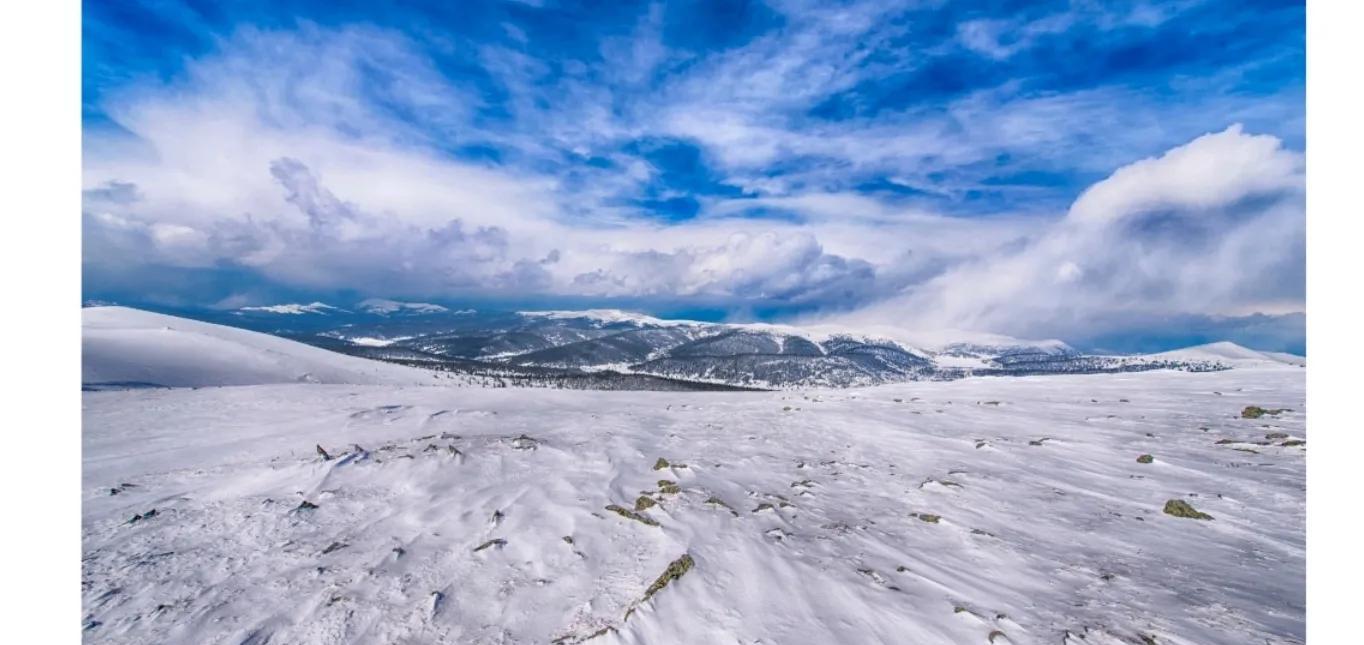In cold regions with high latitudes, there is a "permafrost" where the ice on the ground does not melt all year round.
However, there are now fears that permafrost will melt due to the effects of global warming.
If the permafrost melts, the release of methane is at risk of further exacerbation of warming. New research from the European Space Agency (ESA) and NASA warns that serious effects don't stop there.
The ESA-NASA study suggests that the rapidly melting permafrost of the Arctic Circle could release unknown bacteria and undiscovered viruses that have been so dusty for tens of thousands of years, and even radioactive waste from Cold War-era nuclear reactors and submarines. Permafrost is a perennial frozen soil layer covering about 23 million square kilometers in the northern hemisphere.
Like friends don't forget to like comments and attention Together let the things we love shine as they deserve

Surfaces sometimes melt with the seasons, but because the deeper the underground, the lower the temperature, the deeper the layers of permafrost, the more it can seal something older.
In particular, the permafrost of the Arctic Circle is almost always something from 1 million years ago.
For thousands of years, in addition to microorganisms, a wide variety of compounds have been accommodated there due to natural processes, accidents or intentional preservation by humans.
But the era of permafrost freezing as the name suggests is coming to an end. Recent studies have shown that the Arctic Circle is warming much faster than the rest of the world due to climate change.
According to current estimates, by 2100, up to two-thirds of permafrost layers close to the surface are likely to melt.
In this way, all kinds of things that have been frozen in permafrost for a long time will be released into the world.
The first to worry is the release of greenhouse gases (carbon dioxide and methane) into the atmosphere, as well as the drastic changes in the landscape.
However, the latest research from ESA and NASA warns that the effects of permafrost melting could have more serious consequences.
That's the unknown possibility of bacteria and viruses, harmful chemicals including nuclear waste being released.
The danger to the world posed by the melting of permafrost has been a frequent problem lately, but drug-resistant bacteria have also been found in bacteria in an era when humans were almost inactive.
That said, drug resistance is an innate feature of some bacteria.
Siberia's deep permafrost is sealed with a wide variety of microbes, but studies so far have shown that more than 100 of them are resistant to antibiotics.
Once the permafrost melts, these bacteria mix with snowmelt water, creating new antibiotic-resistant bacteria that could potentially spread around the world.
In addition, we know that since the beginning of the Industrial Revolution, most of the pollutants released by human beings have actually been deposited in permafrost and sealed. In the atmosphere of the Arctic Circle, material trapped in the permafrost over time, the current specifications are harmful, so the banned pesticides such as DDT, contain dangerous chemicals.
Due to the melting of permafrost, it is possible that these substances will be released into the atmosphere again.
Coupled with the fact that melting ice increases water flow, pollutants may easily spread to a wider range and may enter the food chain used by humans.
In addition, permafrost is also being used as a result of abandoned sites of contaminated substances containing radioactive materials resulting from resource extraction and military science projects, and therefore the increasing risk of being opened.
However, these risks are less well understood and have hardly been quantified.
The study's lead author, Mr. Kimberly Meyner of NASA's Jet Propulsion Institute, noted the importance of the study.
"Sealed by the permafrost layer are microbes that evolved along with the giant sloths and mammoths that lived in ancient times.
If these were released into the ecosystem we are now, we don't yet know what would happen.
For the thawing of permafrost, the secondary and tertiary effects of these large-scale global changes need to be considered.
Substances that have been sealed for up to 1 million years are in danger of being released.
It will take a long time to accurately model and predict when and where it will happen.
So these studies are important. ”
Global warming could unleash to Earth problems that have hitherto been closed off, as well as unknowns that humans have yet to encounter. Global warming may open the box of the modern Pandora.